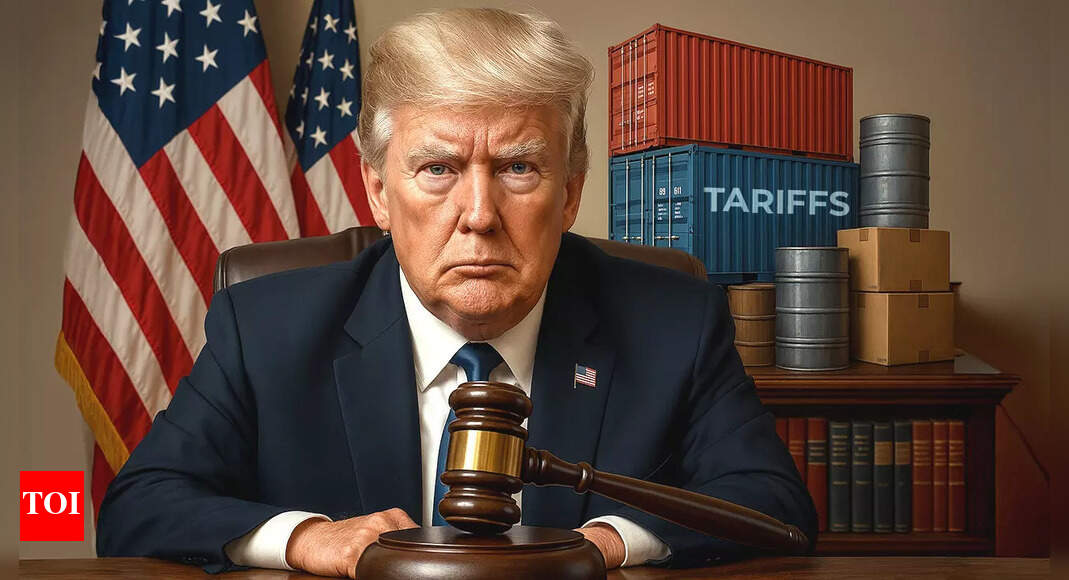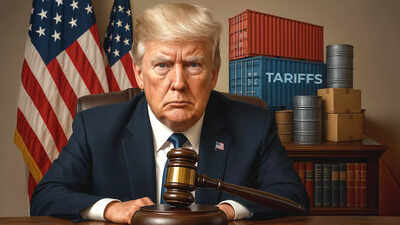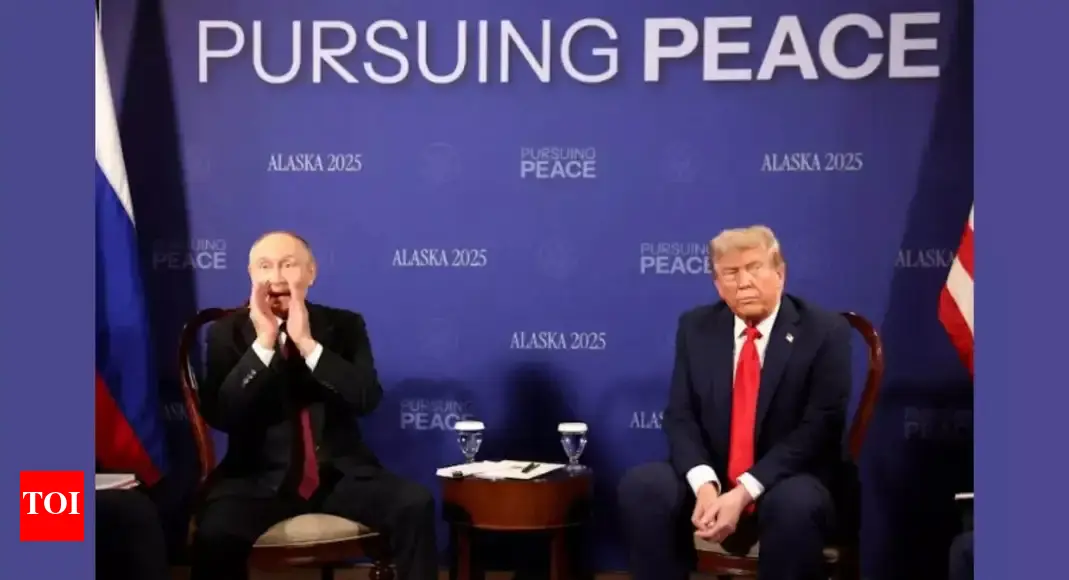Donald Trump’s tariff deadline: Ahead of his self-imposed deadline on reciprocal tariffs, US President Donald Trump has said that 12 countries will be getting letters Monday onwards detailing their tariff rates. It is yet unclear which twelve countries have been finalized by the US for new reciprocal tariff rates, which will reportedly be effective from August 1, 2025. Trump’s announcement comes at a time when India and the US are in discussions to finalise a trade deal. Indian officials, on a visit to Washington for trade deal talks, have returned. India has also indicated that it does not believe in agreeing to trade deals based on deadlines.During his journey to New Jersey on Air Force One, Trump spoke to journalists but withheld the names of the recipient countries, stating this information would be revealed on Monday.Also Read | India-US trade deal: ‘Don’t make deals based on deadlines, national interest paramount’, says Piyush Goyal as Donald Trump’s tariff date nears Initially, Trump had indicated to reporters that the first set of letters would be distributed on Friday, which was a national holiday in the United States, but this timeline was subsequently altered.
Donald Trump’s Tariff Plan: ‘Take it or leave it’
“I signed some letters and they’ll go out on Monday, probably twelve,” Trump said according to a Reuters report when questioned about his tariff strategy. “Different amounts of money, different amounts of tariffs.”According to the report, Trump’s letters will be sent with the American side indicating a ‘take it or leave it’ offers.Amidst a global trade conflict that has disrupted financial markets and prompted policymakers to protect their economies, Trump introduced in April a baseline 10% tariff rate plus supplementary charges for most nations, with some reaching up to 50%.Subsequently, all rates above the 10% baseline were temporarily suspended for 90 days to facilitate negotiation opportunities.Also Read | ‘Reserve the right to suspend…’: Amidst trade deal talks, India proposes retaliatory duties against US at WTO; here’s what the issue is aboutThis suspension period concludes on July 9, though Trump indicated early on Friday that tariffs could now potentially reach 70%, with most taking effect from August 1.
Challenges in Finalising Trade Deals
The US president and his senior officials had initially planned to engage in tariff rate discussions with many nations. However, after facing multiple challenges with major trading allies, including Japan and the European Union, Trump has become less enthusiastic about this approach.On Friday evening, he briefly commented to journalists: “The letters are better … much easier to send a letter.”He remained silent regarding his earlier forecast about finalising broader trade deals before July 9.Also Read | What is Donald Trump’s net worth? Billionaire US President has a big portfolio of cryptocurrencies, stocks & more – top detailsThis alteration in the White House’s approach highlights the difficulties in finalising comprehensive trade agreements, particularly concerning tariffs, non-tariff barriers including agricultural import restrictions, especially when working within tight time constraints.Previous trade agreements have historically required extensive negotiation periods spanning multiple years.To date, only two successful trade agreements have been established. The first, with Britain in May, maintained a 10% rate and provided special considerations for specific industries, notably automobiles and aircraft engines. The second agreement, with Vietnam, reduced tariffs on numerous Vietnamese products from 46% to 20%, whilst allowing many American goods to enter Vietnam without duties.The anticipated agreement with India has not come to fruition yet, and European Union diplomats reported on Friday that discussions with the Trump administration have reached an impasse. They are now considering extending current arrangements to prevent increases in tariff rates.





